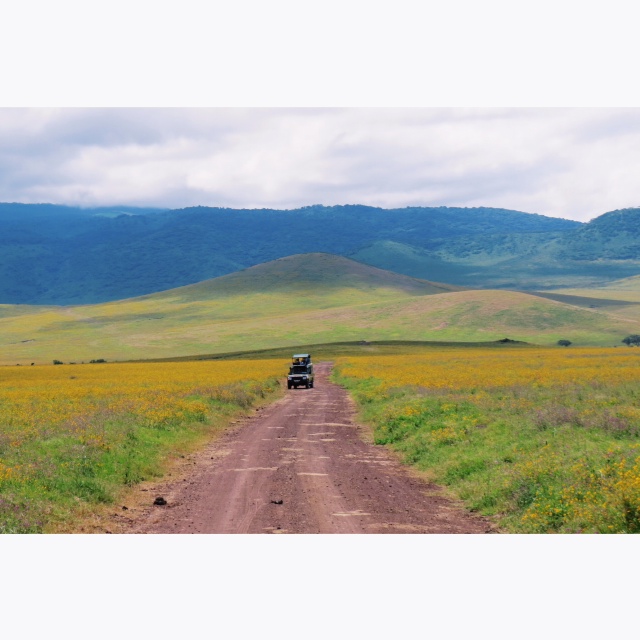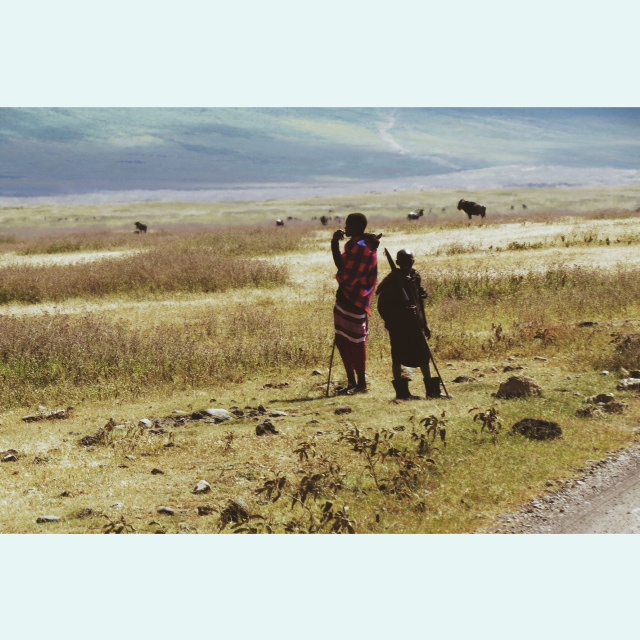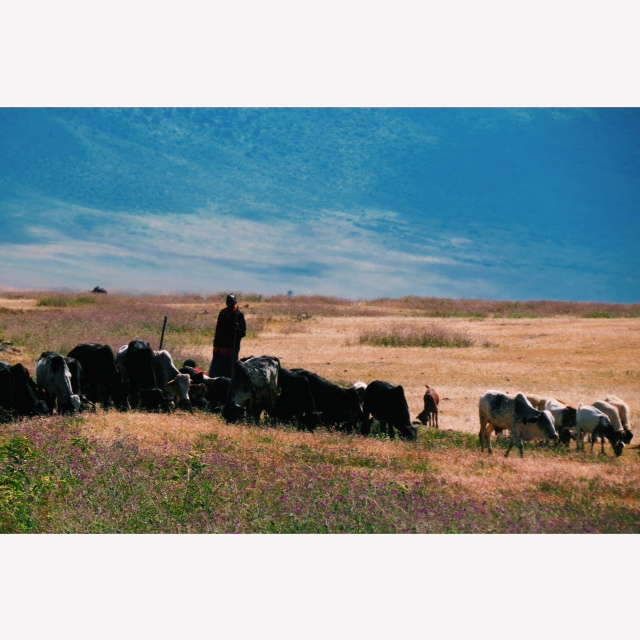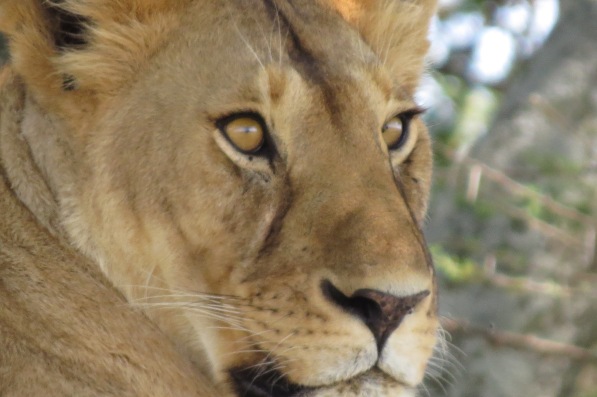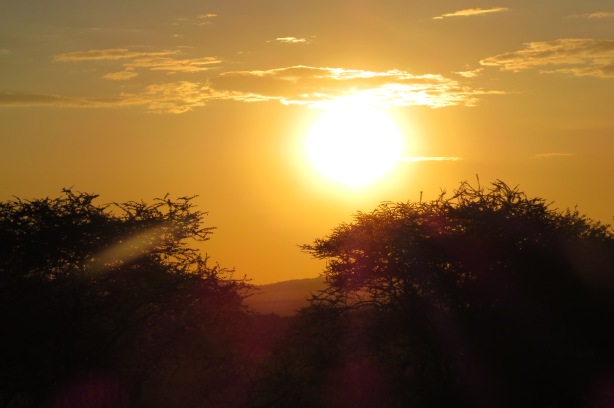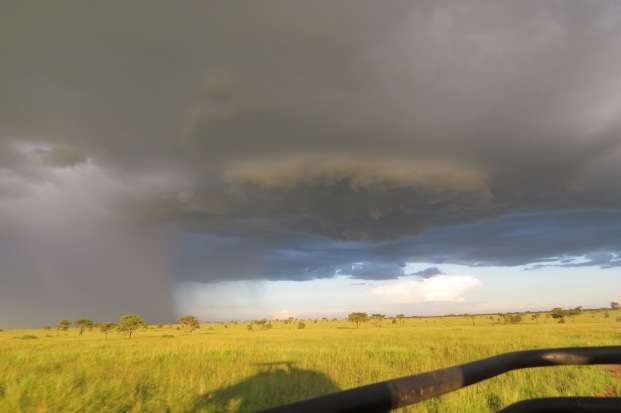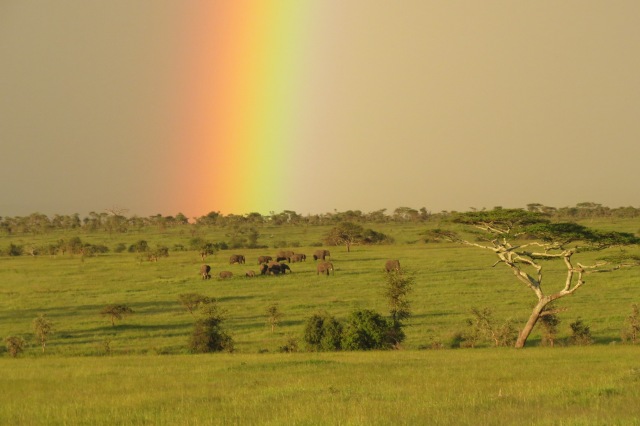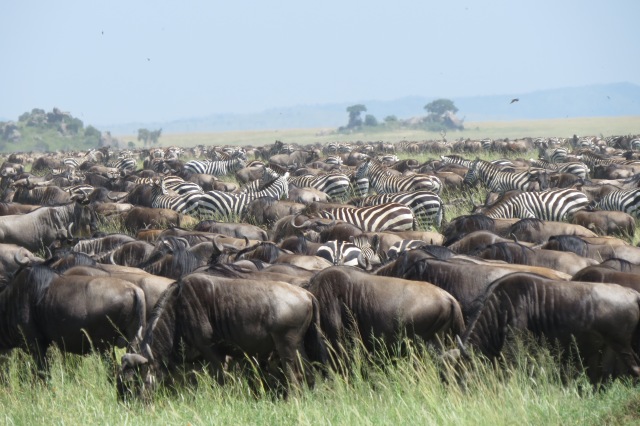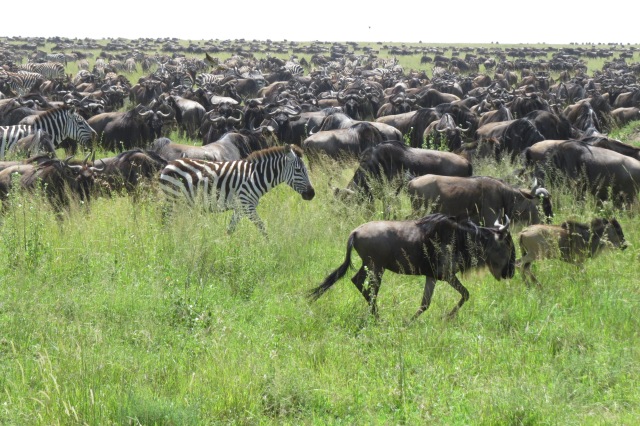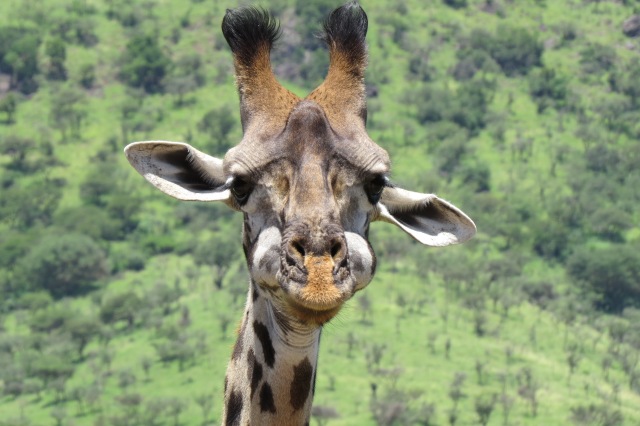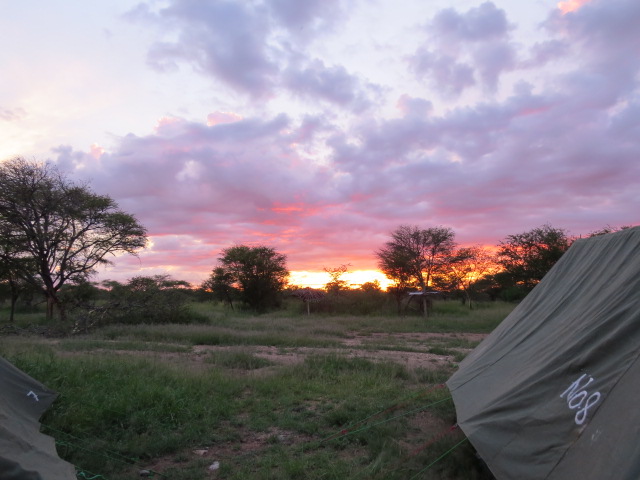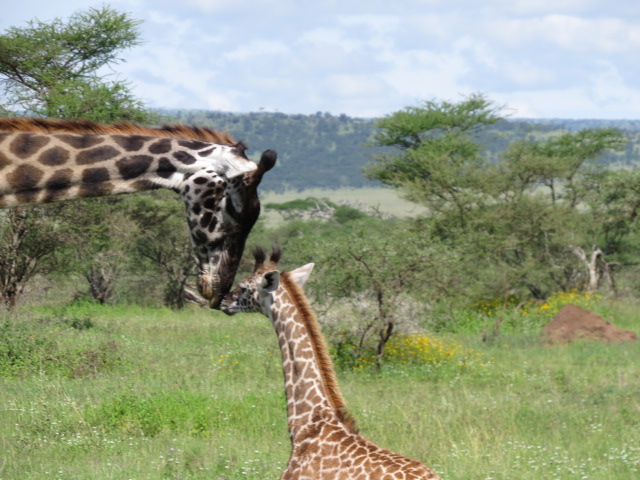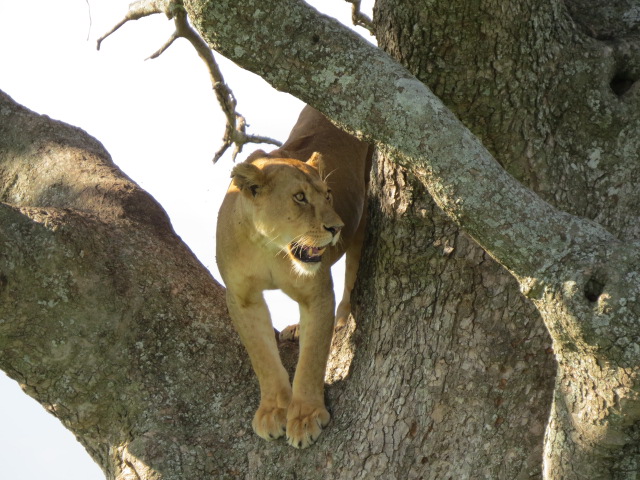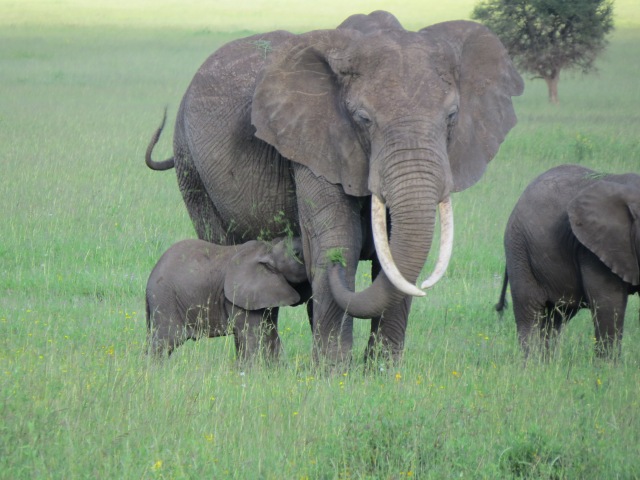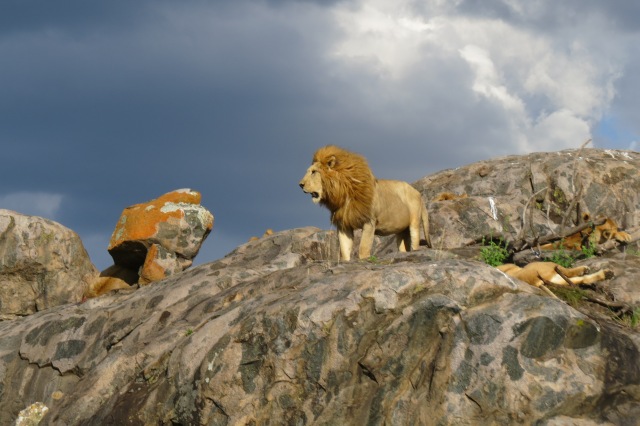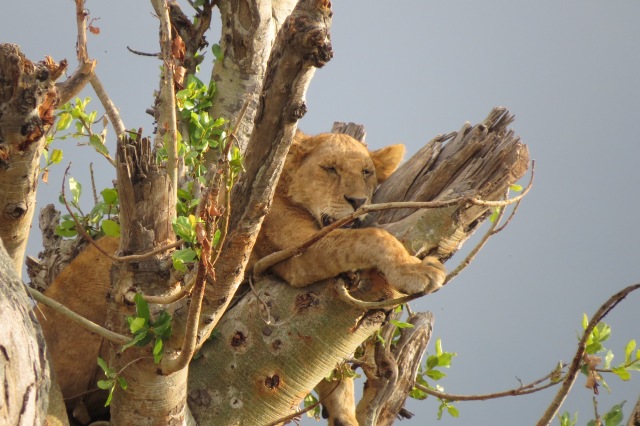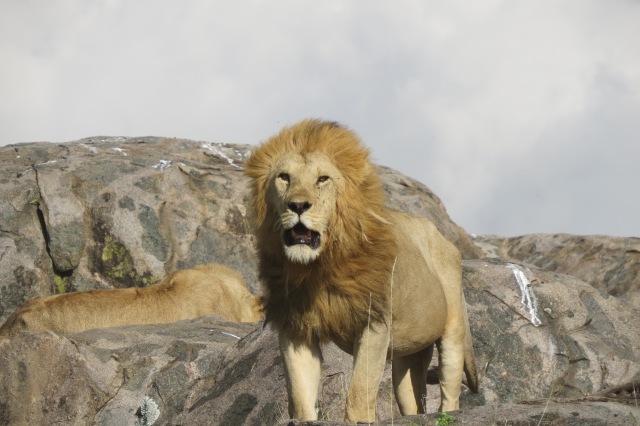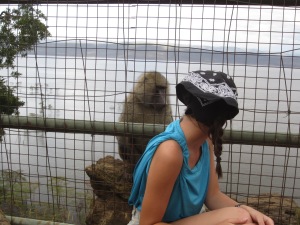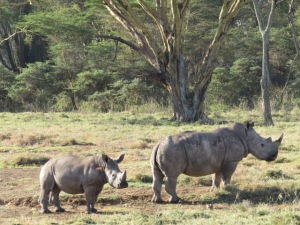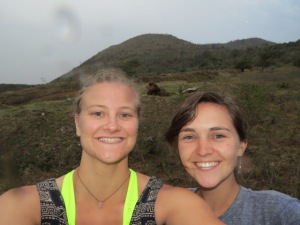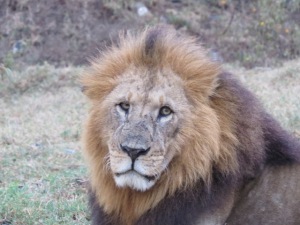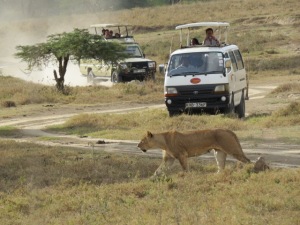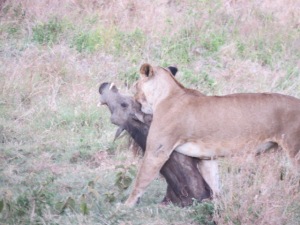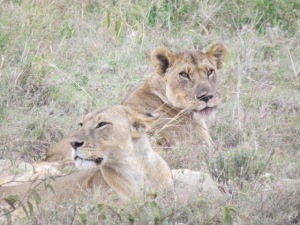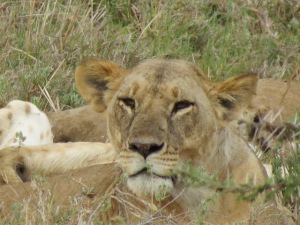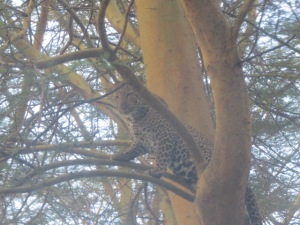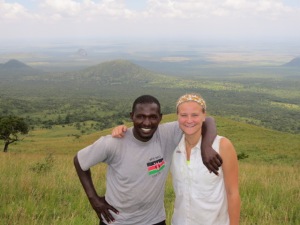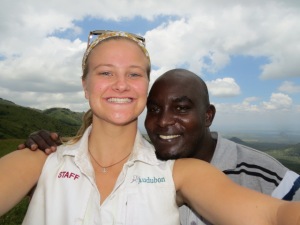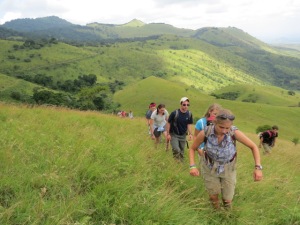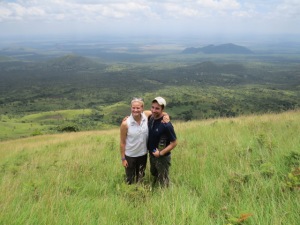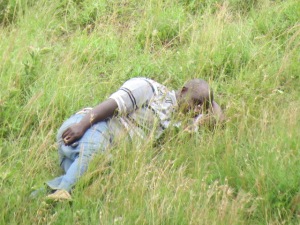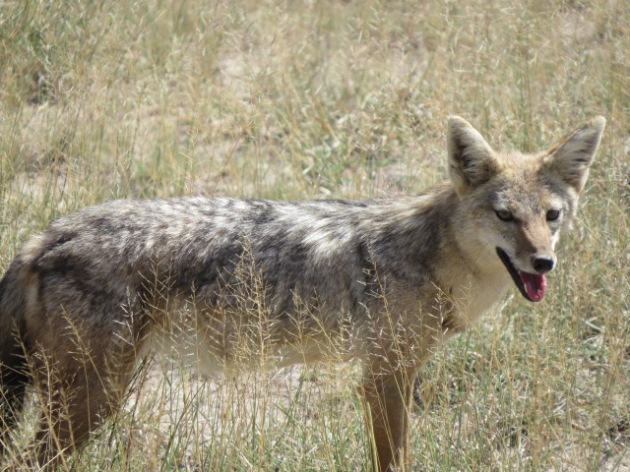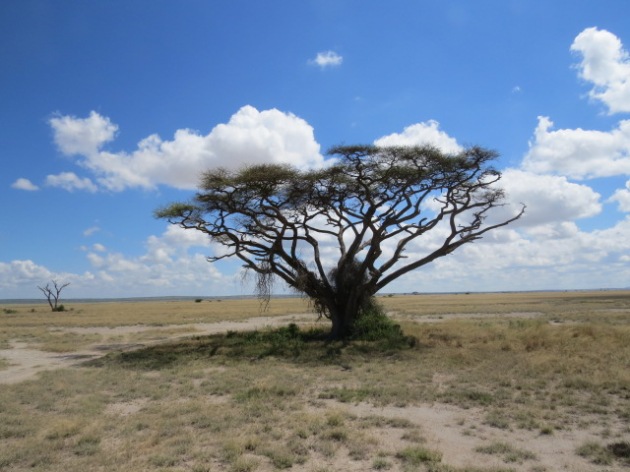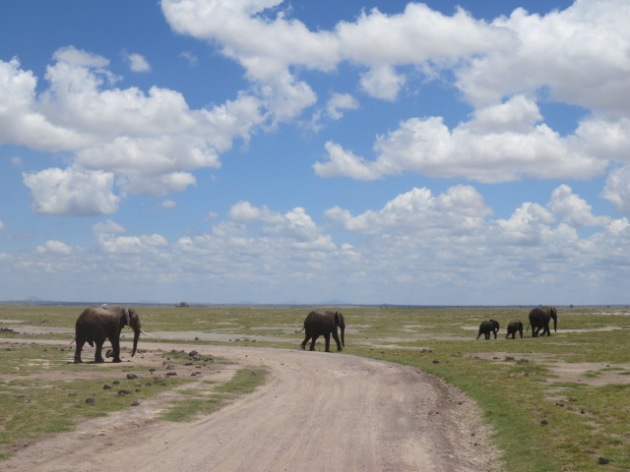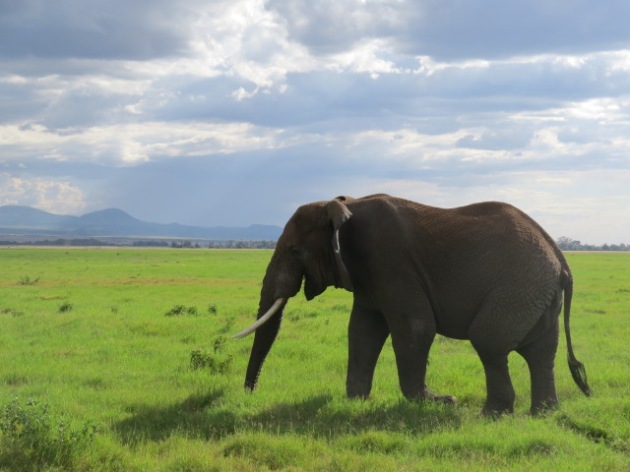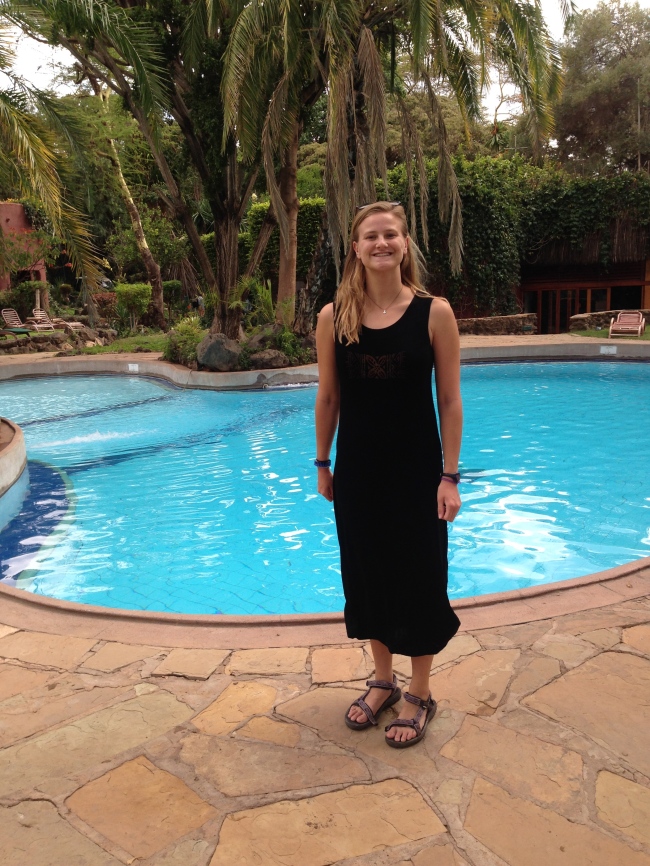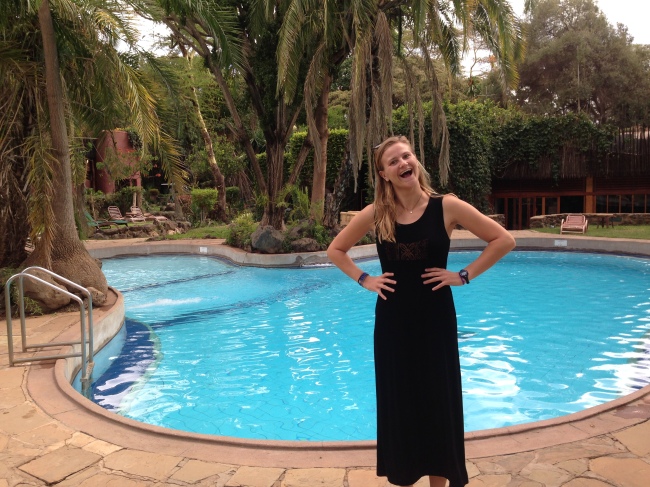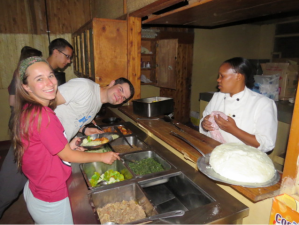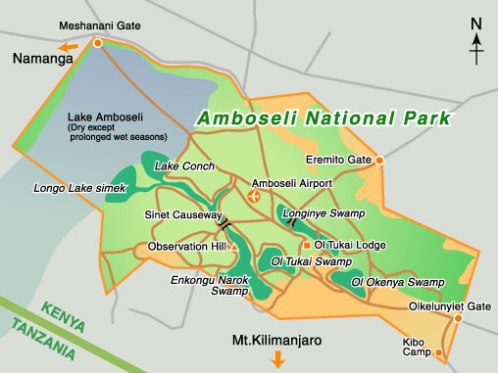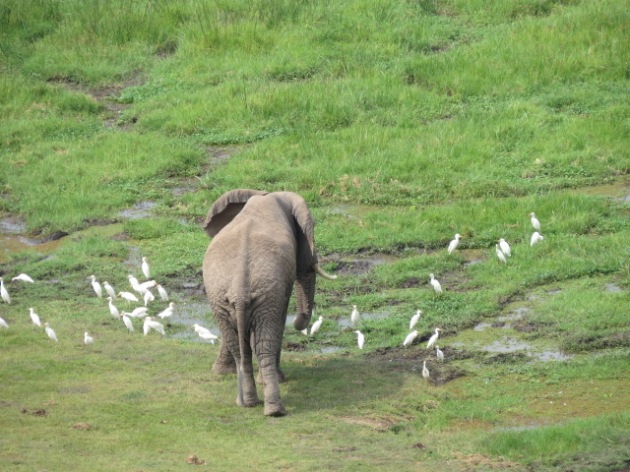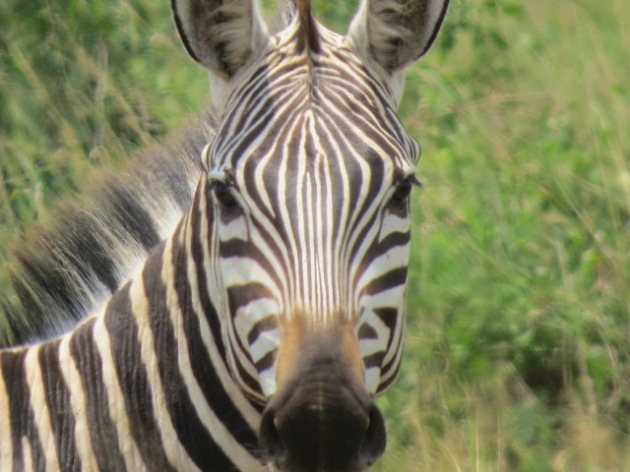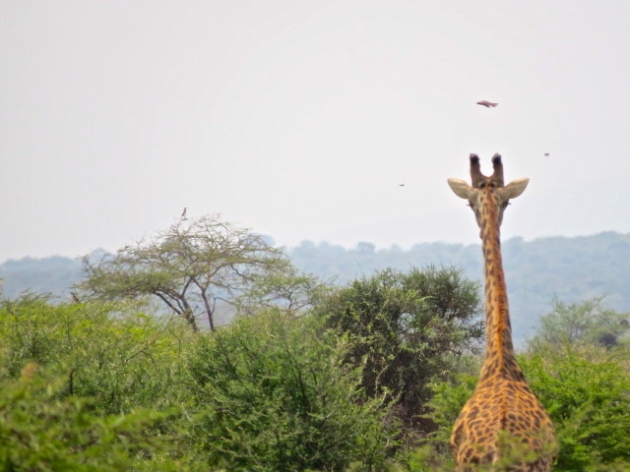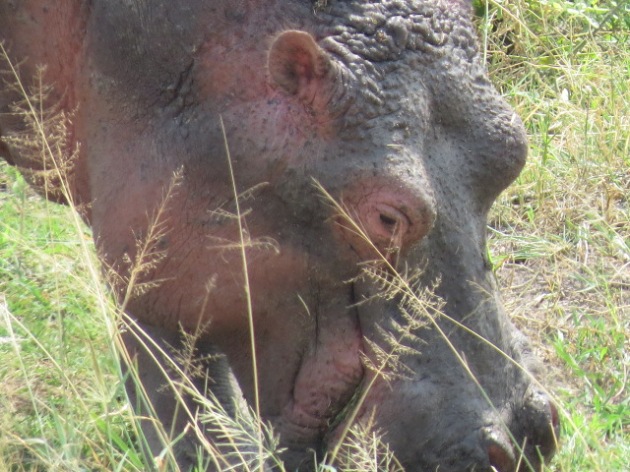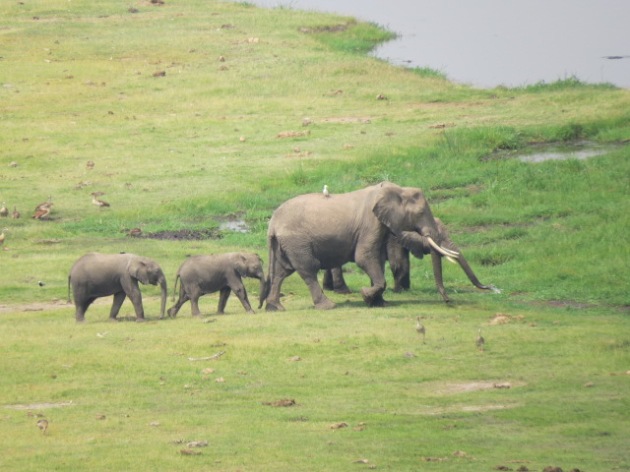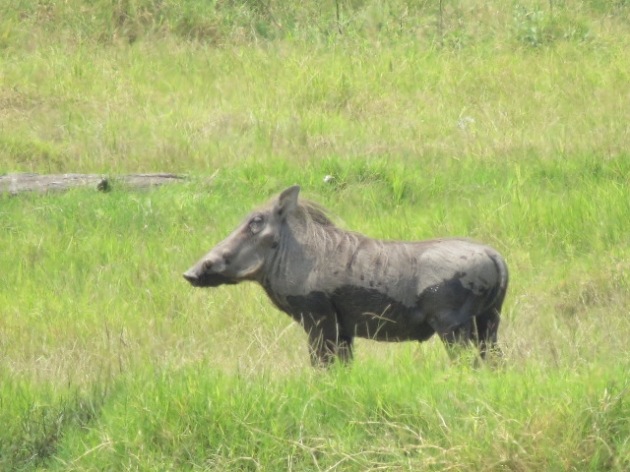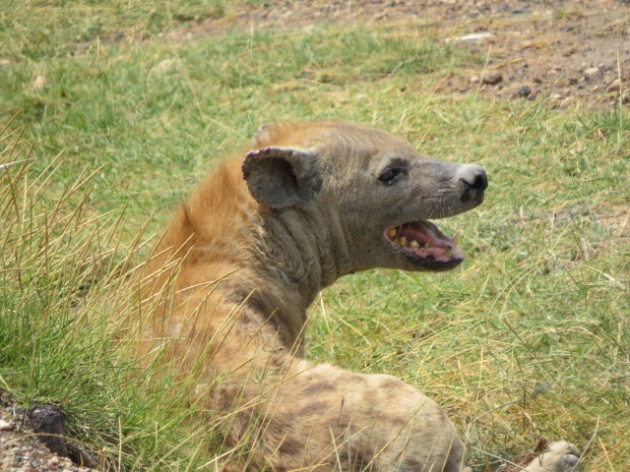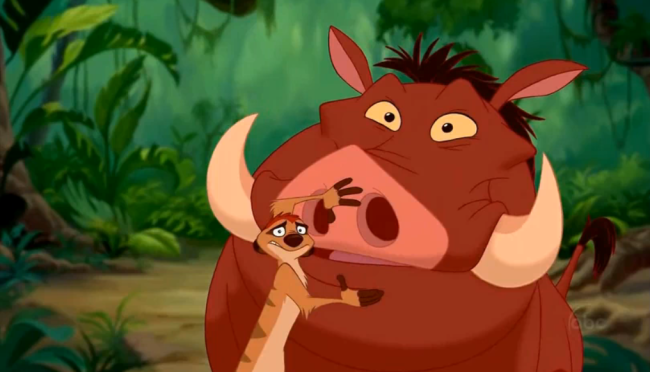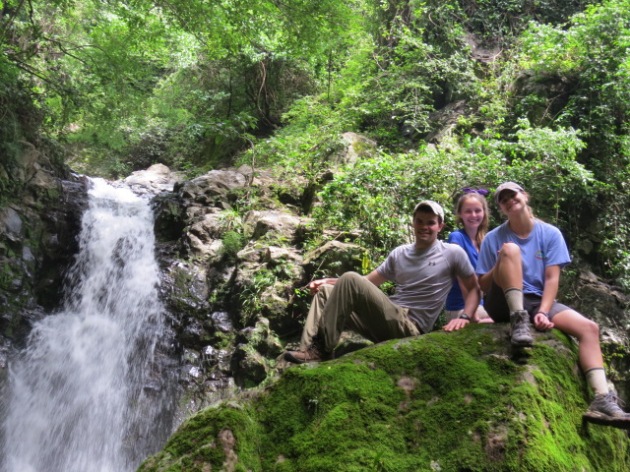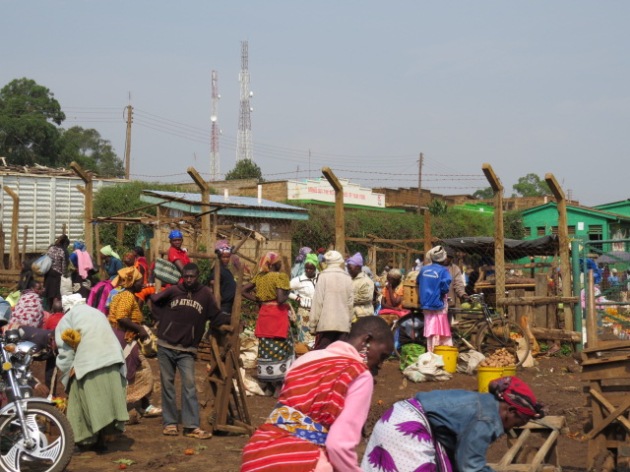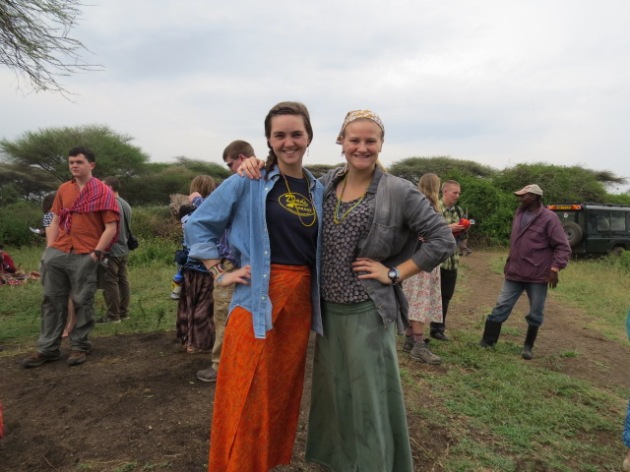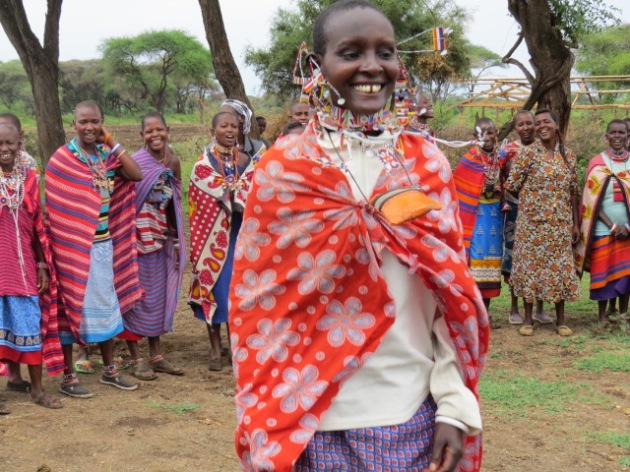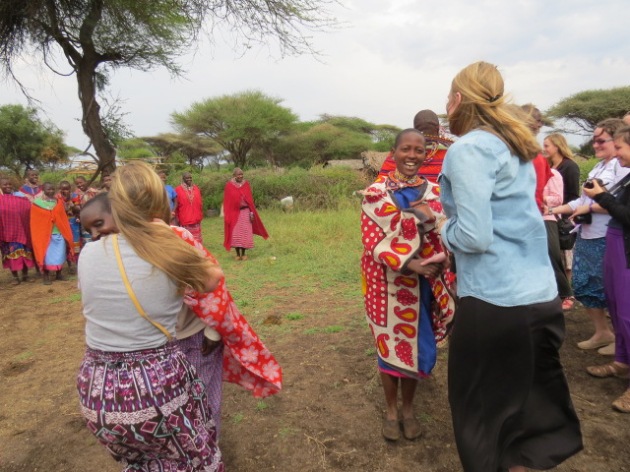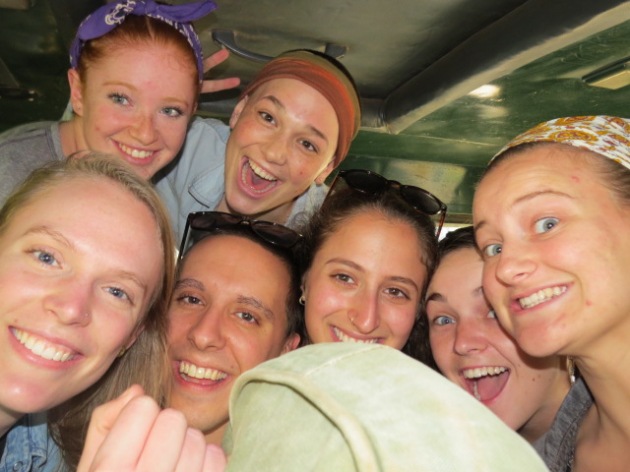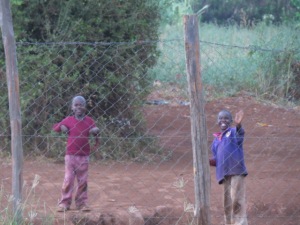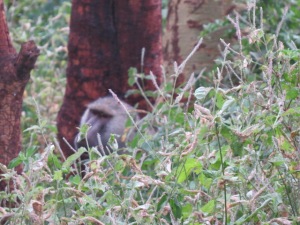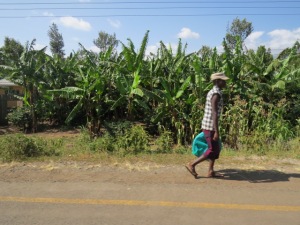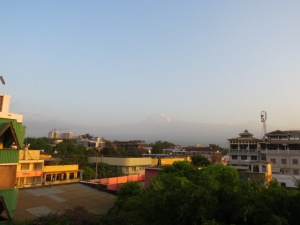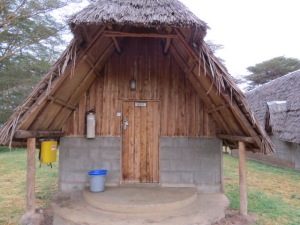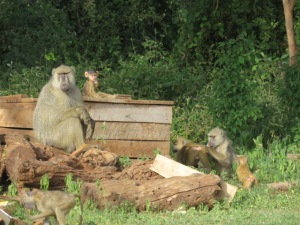So it’s been a bit now since I said I was going to update the blog. Let’s just say a year. After a few minor life milestones like graduating college and traveling India for 3 weeks I feel as though I have officially entered the working world. That 8 to 5 grind that is so desired or loathed, depending on your personal outlook. Well, I’m already bored. So… I purchased a cookbook by Christina Tosi (Owner of Momofuku Milk Mar which I have never been to but drool and admire from afar dreaming of whipping in their kitchen). Not sure if I’m going to pull the whole Julia Childs make everything in the book or just start somewhere but there are definitely recipes to come. I just need to budget into my intern income the supplies to make it all happen. For now, heres the banana bread recipe I just made with the rotting bananas on my counter. Sorry fruit flies.
Banana Bread. I think its one of the easiest breads there is to make. No yeast or kneading or anything like that. I’d really call it more of a cake than anything except for its loaf shape, it’s bread identity is difficult to really decipher. I’m pleased this is my first recipe to be posted because it’s a classic homestyle use-what-ya-got dessert (or breakfast). So here it goes…
Oven= 350 degrees
The most important ingredient is the butter, room temperature, like most recipes or at least softened so you don’t have to beat it for 20 minutes (Disclaimer: thats an exaggeration for anyone trying to make banana bread for the first time. You should not beat the butter for 20 minutes). Next the sugar, just a cup will do. Cream these guys together past the lumpy stage until they form a creamy blob. While this is going on (or after if you still have a hand mixer like me) mash up the 4 really ripe, stolen-from-the-fruit-flies bananas and in a separate bowl beat up the 2 eggs with a fork. Pour these both into the creamy blob and keep whipping (It’s really not whipping beating but I wanted to get the nae nae video in this post any way that I could).
There we go.
Once those are combined, add in the dry ingredients (flour, baking soda and salt) and fold them in by hand. I’m a fan of not over beating anything so once the really hard stuff if done, I switch to a spatula A$AP Rocky. Throw in the tablespoon of vanilla at the end. Vanilla usually goes in with the butter and sugar but for some reason I do it at the end for banana bread. Superstition? Maybe.
In a bread pan lined with parchment glob the blob and flatten out the top so it looks smooth. Now for the whipping hack of the day… sprinkle a pretty generous serving of granulated sugar on the top of the bread just before throwing it in the oven so you get that crunchy sweet top like a muffin. 50-60 minutes in the oven and you have a moist and delicious banana bread. Stick a Toothpick or a knife in to make sure it’s done.
The Fruit Flies won’t know what hit em.
Ingredients
- 1⁄2 cup butter
- 1 cup sugar (plus tablespoon or so to sprinkle on top
- 2 eggs, beaten
- 4 bananas, finely crushed
- 1 1⁄2cups flour
- 1teaspoon baking soda
- 1⁄2 teaspoon salt
- 1⁄2 teaspoon vanilla
(Inspired by Food. com Banana Bread Recipe)
(Photos with the next post)
